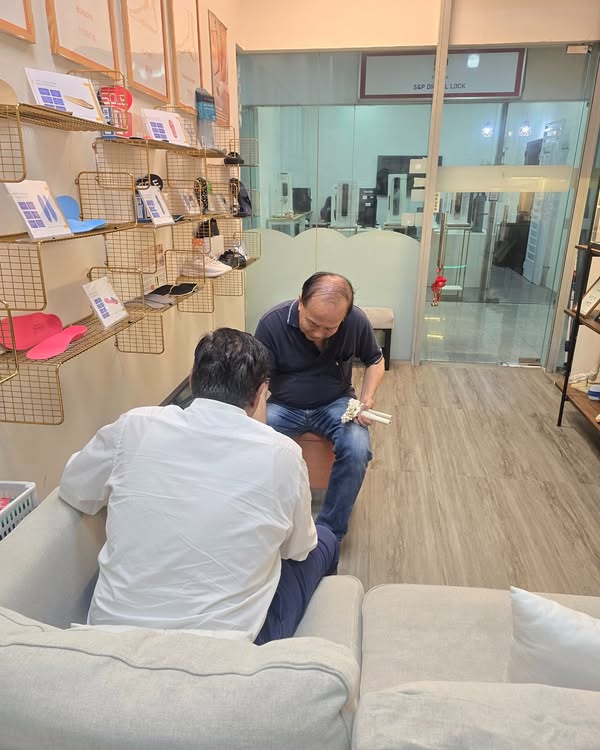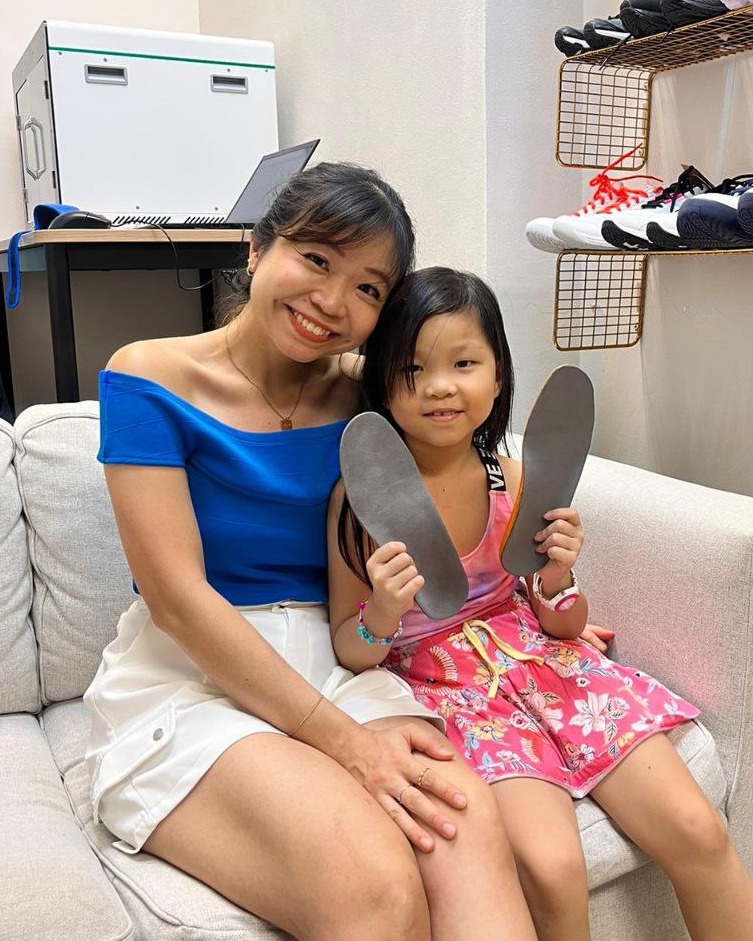Insoles for Soccer Boots: The Ultimate Guide to Comfort and Performance
Playing soccer demands agility, precision, and endurance — but none of that is possible if your feet hurt. Whether you’re an amateur or professional player, wearing the right insoles for soccer boots can dramatically improve your comfort, stability, and performance. From preventing heel pain to offering arch support for flat feet, insoles are one of the simplest yet most effective upgrades for your boots.
In this guide, we’ll explore how soccer insoles work, who needs them most, and how to choose the best ones for your play style and foot type.
Why You Need Insoles for Soccer Boots
Soccer boots are designed for speed and control, not comfort. Their thin soles give players a close feel for the ball, but this often means less cushioning and support. Over time, this can lead to:
- Heel pain and plantar fasciitis
- Arch strain from flat feet or overpronation
- Metatarsal pain (ball of foot discomfort)
- Knee and lower back pain from poor foot alignment
How Insoles Help
Insoles for soccer boots provide:
- Shock absorption: Reduces impact on hard turf and firm ground.
- Arch support: Prevents overpronation and stabilizes your posture.
- Improved fit: Fills empty space for narrower feet, reducing friction.
- Better balance: Keeps your feet aligned during quick pivots and sprints.
Common Foot Problems in Soccer Players
1. Heel Pain (Plantar Fasciitis)
Frequent running and jumping stress the plantar fascia — the ligament under your foot. Without cushioning, this leads to sharp heel pain. A heel-cupped insole can help reduce pressure.
2. Flat Feet or Low Arches
Players with flat feet often roll inward while running, causing instability. Arch-supporting insoles help distribute weight evenly and prevent fatigue.
3. Blisters and Hotspots
Poor boot fit or hard insoles lead to friction. Soft, moisture-wicking insoles with anti-slip coating prevent sliding and skin irritation.
How to Choose the Right Insoles for Soccer Boots
| Feature | Why It Matters | Recommended Type |
|---|---|---|
| Arch Support | Prevents overpronation and provides stability. | Semi-rigid or custom orthotic insole. |
| Heel Cushioning | Absorbs shock from sprints and jumps. | Gel or foam heel pad. |
| Slim Fit | Ensures a snug boot feel and ball control. | Thin, low-volume insole. |
| Moisture Control | Reduces sweat and odor buildup. | Breathable fabric with antimicrobial lining. |
| Durability | Withstands high-impact movements. | High-density EVA or PU foam. |
Best Insoles for Soccer Boots (FeetCare Picks)
| Insole Model | Support Type | Best For | Price (SGD) | Pros |
|---|---|---|---|---|
| FeetCare Red Premium Insole | Dynamic Arch | Runners & soccer players with flat feet | $99 | Lightweight, breathable, strong arch support |
| FeetCare Heel Cushion Pro | Gel Heel | Heel pain relief | $35 | Excellent shock absorption, easy fit in boots |
| Custom Orthotic Insoles | Full Custom | Chronic foot pain or irregular arches | $288 | Tailored fit, long-lasting comfort |
Tip: Visit our FeetCare Custom Insoles Singapore page to learn how we make fully customized insoles that fit your boots perfectly.
How to Fit Insoles into Soccer Boots
- Remove the existing liner from your boots.
- Trim the new insole to match the size and shape.
- Insert and test fit — ensure the heel sits flush and doesn’t lift.
- Wear them during light training before match use to break them in.
Pro Tip: If your boots feel tight, opt for a “low-volume” insole designed specifically for sports shoes or cleats.
Do Flat-Footed Players Need Special Insoles?
Yes. Players with flat feet benefit greatly from structured arch support. Without it, their feet roll inward, stressing the knees and ankles. The right insoles can help:
- Improve balance and traction
- Reduce fatigue
- Prevent injuries like shin splints
We recommend semi-rigid orthotic insoles that support the arch while still allowing natural movement — ideal for soccer’s fast directional changes.
Comparing Stock Insoles vs. Orthotic Insoles
| Feature | Stock Insoles (Default) | Orthotic Insoles (Upgrade) |
|---|---|---|
| Cushioning | Minimal | Advanced shock absorption |
| Arch Support | None or flat | Custom-contoured |
| Fit | One-size-fits-all | Tailored to foot shape |
| Durability | 1–3 months | 6–12 months |
| Price | Included | From $49 upwards |
Care and Maintenance Tips
To extend the life of your insoles:
- Air-dry them after each game.
- Avoid washing machines.
- Replace every 6–12 months depending on usage.
- Rotate between pairs to maintain freshness.
Recommended Reading
- Plantar Fasciitis Treatment Options Singapore
- American Podiatric Medical Association – Sports Foot Health
Frequently Asked Questions (FAQ)
1. Can I use running insoles for soccer boots?
Running insoles provide cushioning but may be too thick. Choose insoles specifically designed for cleats or soccer boots to avoid tightness.
2. How do I know if I need orthotic insoles?
If you experience foot pain, heel pain, or flat-foot fatigue during or after games, it’s a strong sign you need orthotic support.
3. Are insoles allowed in professional soccer?
Yes. Most professional players use custom orthotics — they just ensure the insole fits snugly without affecting ball control.
4. Do insoles affect shoe size?
They may slightly reduce internal space. Opt for thinner insoles or go half a size up in boots if needed.
Conclusion: Boost Your Game, Protect Your Feet
The right insoles for soccer boots don’t just make your boots more comfortable — they can enhance stability, reduce fatigue, and prevent long-term injuries. Whether you suffer from flat feet, heel pain, or simply want better comfort, FeetCare has a solution for every player.
👉 Take the next step: Visit FeetCare.sg or book an appointment with our specialists today to find your perfect fit.



